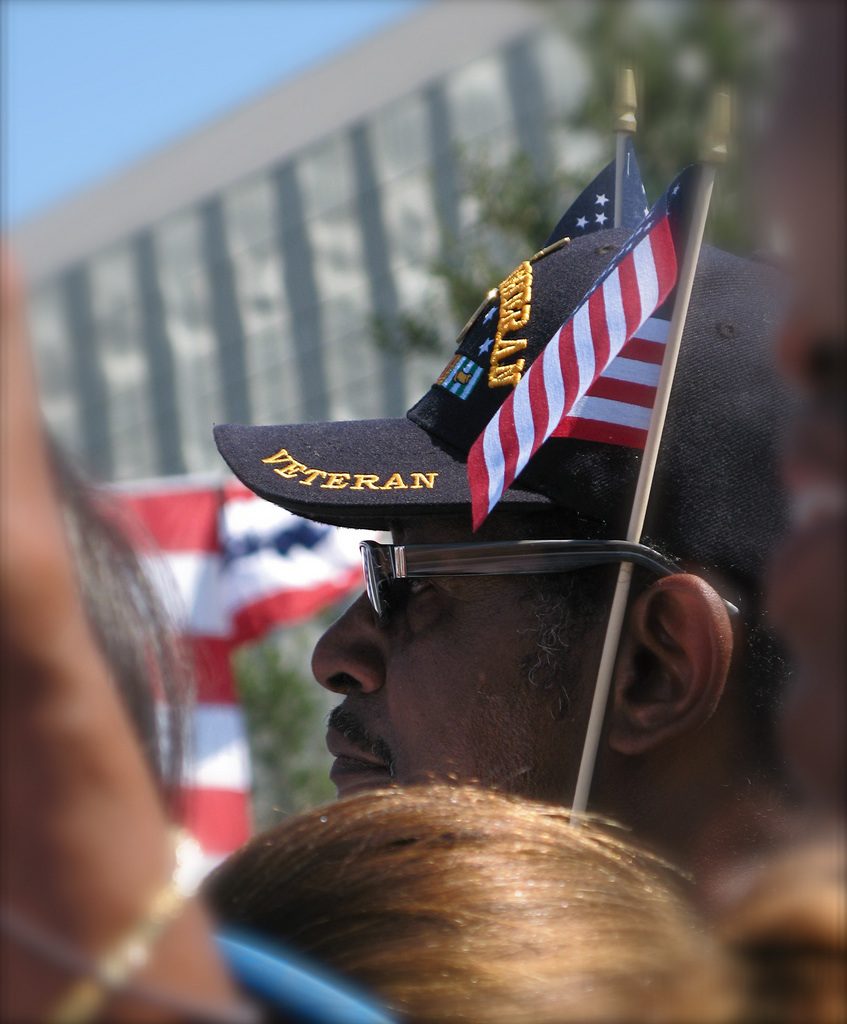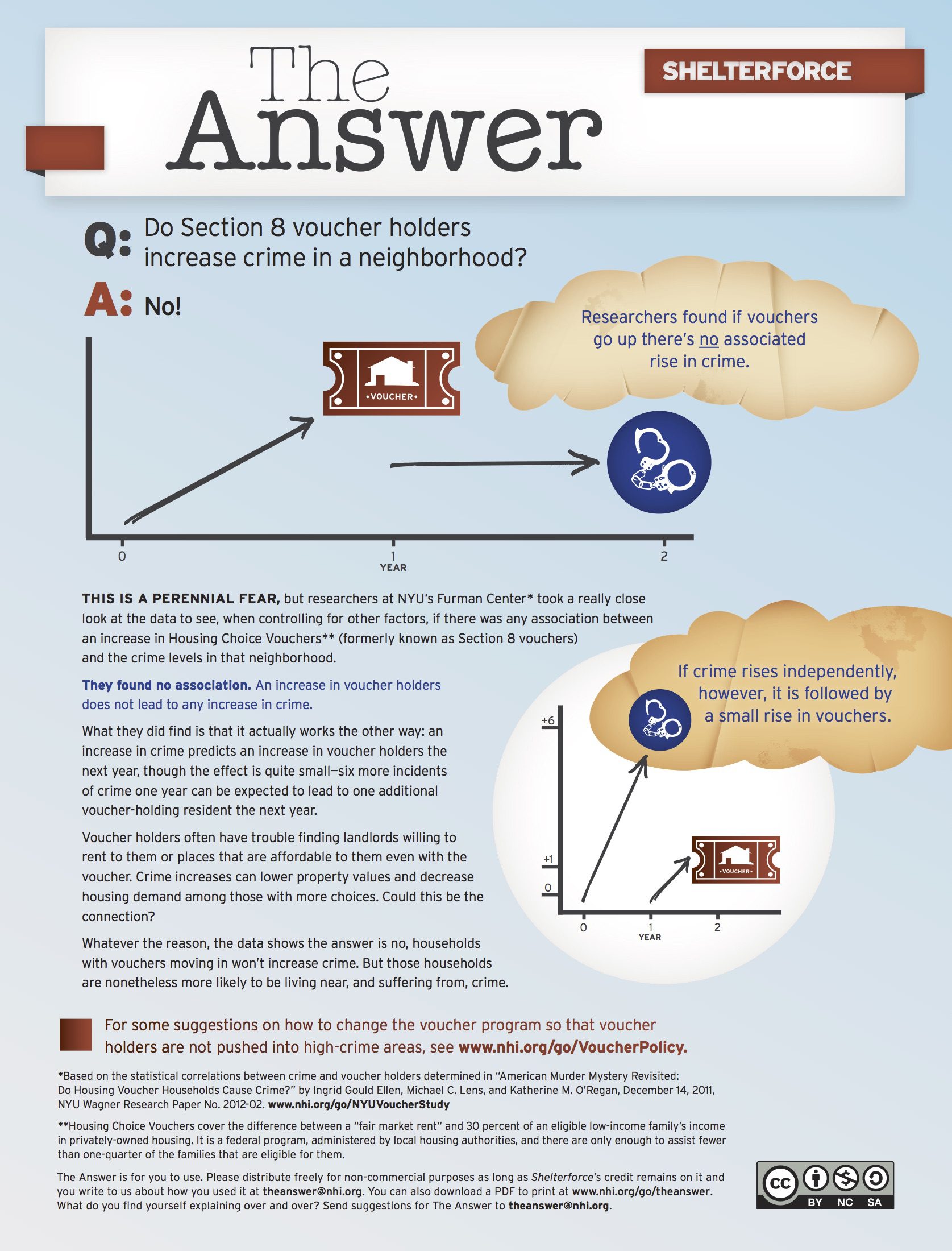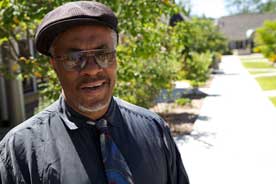
File photo.
I keep a running list of nonfiction books that have opened my mind and changed my perspective on the world in some significant and unexpected way, such that ever after I keep referring back to them. One of them is War and the Soul, by Ed Tick.
Tick is a therapist who specializes in working with veterans. In War and the Soul he argues that PTSD from military service is not simply a result of experiencing the horrors of war. It is also about how society helps you—or doesn’t help you—make meaning of those experiences. Tick explores the mythology of war and the history of rituals around returning warriors, and then describes how both the scale of modern warfare and our society’s lack of rituals and processes for helping service members process their experiences—and the internal changes they cause—have led to a quiet, widespread crisis among veterans.
He writes that veterans with PTSD have had their functioning “reordered according to war’s terrible necessities and then [been] abandoned in the transformation. If citizens mirror the condition of the society itself, what, then, do the prevalence of PTSD and our response to it say about our nation?”
Tick’s expertise is in using the power of storytelling and ritual to help heal veterans who have PTSD. But I’m pretty sure that he would consider it a meaningful improvement for his clients, on both tangible and symbolic levels, if the concrete ways veterans are cared for in other facets of their lives—employment, housing, social services—were to improve such that it felt like their service was more consistently and fully honored. Not feeling “abandoned in the transformation” would be a good foundation for healing work.
Tick was writing in 2005, and I hope he’s heartened by the VA’s Campaign to End Veteran Homelessness, launched in 2010. The campaign gave itself a five-year time frame to end veterans homelessness, the kind of ambitious goal it’s easy to be skeptical about. But it’s making really impressive strides. As of now, there are some cities that have actually ended chronic veteran homelessness, and the national conversation has started to include talk about what “functional zero” means—because we might get there. That’s been true for almost a year now, and I still find it astounding.
I’ve had many people ask me why we’re devoting a focus issue to veterans, with the unspoken question underneath of “Isn’t that a bit specific?” and “Isn’t it just kind of trendy to focus on veterans?” I understand the reactions, but it’s more than that. As the numbers of people coming home from recent conflicts surge, knowing how to work with veterans—both their specific challenges and the special resources available to them—is going to become ever more relevant to all service providers.
And yet, for a long time, veterans services groups have worked separately from other providers. When we spoke to a funder who focuses on veterans issues, she told stories of vets seeking help from community housing providers who were told to “just go to the VA.” And yet “the VA” generally means a Veterans Administration Medical Center—a health care provider, not a specialist in housing.
It’s time for more coordination between the community development field and veterans groups, and many of the articles in this issue speak to just that, whether it’s CDCs learning how to better serve vets, a community land trust offering VA loans, or all the homeless service providers in a city working as a team.
It’s true, yes, veterans do receive some extra resources. But many of them fall through the cracks before being able to access them. Though this may make some folks trying to serve populations who don’t have similar special programs available to them a little jealous (understandably), it also poses two opportunities for the community development field at large, as a number of our writers spell out (here and here): First, when veterans receive targeted funding that is less subject to the political winds, it can relieve the pressure on other limited sources of funds for non-veterans. More money fighting homelessness or creating housing for those in need is never a bad thing.
But more importantly, it shows what can be done with sufficient resources, dedication, and attention: We can end homelessness. We can help people who need a boost get into sustainable homeownership. We can work together to tackle complex problems and treat people with dignity. Those are hopeful lessons for all of us.






Comments